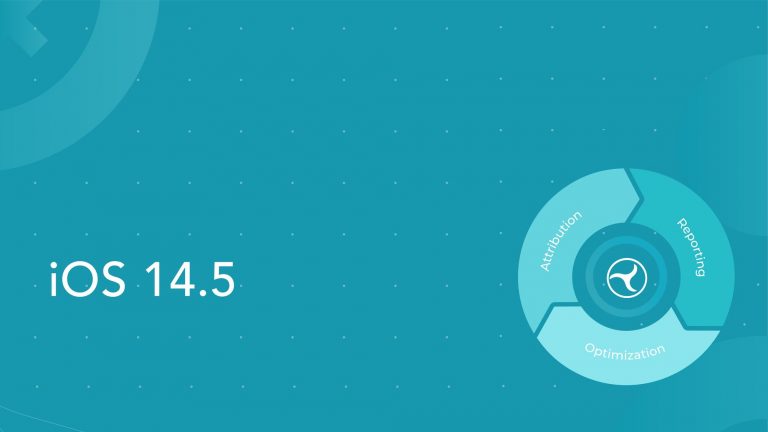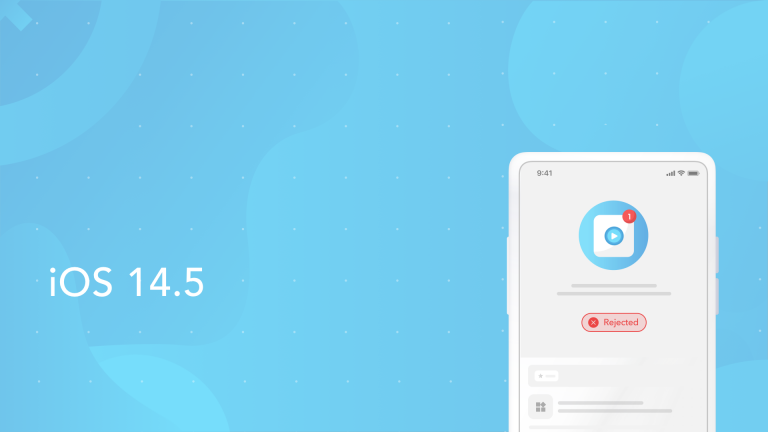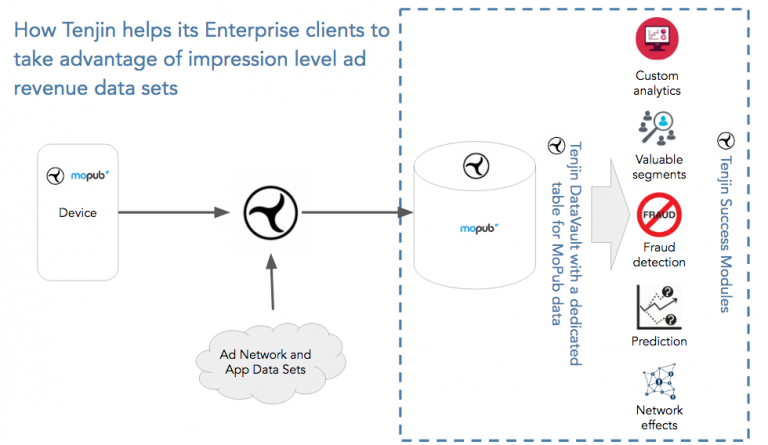Tabarak Paracha
Fevereiro 5, 2025
As a mobile app developer or marketer, Day 1 retention is one of the most crucial metrics to understand the success of your mobile app or game.
Understanding the difference between absolute vs. relative retention can be a game-changer for your user acquisition, publishing, and analytics strategies. Yet, many mobile publishers aren’t fully aware of how these metrics impact their business decisions. In this post, we’ll dive deep into the critical distinction between absolute and relative retention, exploring the unique use cases and advantages of each approach.
What Are Absolute and Relative Cohorts / Retention?
To fully appreciate the differences between absolute and relative retention, we first need to understand the concept of cohorts. In the world of mobile analytics, a cohort refers to a group of users who share a common characteristic, such as the date they installed your app.
An absolute cohort, also known as a “calendar date cohort,” is defined by the specific calendar date on which a user installed your app. This means that all users who installed your app on a given day, regardless of the time, are grouped together in the same cohort.
As an example, let’s take the image below. Let’s say a user installs your app on January 1, 2025, at 11:59 p.m.—that’s Day 0. If they open the app again anytime on January 2, 2025, even as early as 12:01 a.m., they’re still counted as a Day 1 retained user. This is how an absolute cohort is defined.
On the other hand, a relative cohort is based on the relative time since a user’s installation. In this case, the cohort is defined by the 24-hour period following a user’s installation, rather than the specific calendar date.
Absolute Retention: Advantages and Use Cases
Comparing Across Analytics Providers
One of the primary advantages of using absolute retention is the ability to easily compare your data across different analytics platforms. Many tools, such as GameAnalytics and Firebase, utilize an absolute cohort approach, grouping users based on their specific installation date. By understanding the cohort methodology used by your analytics tools, you can make more informed decisions and avoid misinterpreting retention metrics and ensure apples-to-apples comparisons and avoid any discrepancies that may arise from differing cohort definitions. This can be particularly useful when evaluating the performance of your user acquisition campaigns across multiple channels or when benchmarking your app’s metrics against industry standards.
Measuring Calendar Date-Based Trends and Seasonality
In addition to facilitating cross-platform comparisons, absolute retention can also be valuable for identifying calendar date-based trends and seasonal patterns in your user behavior. By grouping users based on their specific installation date, you can more easily spot fluctuations in retention that may be tied to factors such as holidays, major events, or changes in user habits throughout the year.
This insight can be particularly useful for optimizing your marketing campaigns, content strategies, and feature releases to better align with your users’ evolving preferences and engagement patterns. For example, you may notice a dip in retention around the holiday season, prompting you to adjust your in-app promotions or introduce new seasonal content to keep users engaged during that period.
Relative Retention: Advantages and Use Cases
Minimizing the Impact of Time Zones
While absolute retention can be valuable for certain use cases, relative retention offers its own unique advantages, particularly when it comes to minimizing the impact of time zones on your data. Since relative cohorts are defined by the 24-hour period following a user’s installation, rather than a specific calendar date, this approach helps to ensure a more consistent and accurate representation of user behavior, regardless of their geographic location.
This can be especially important for mobile apps with a global user base, where users may be spread across multiple time zones. By using relative retention, you can avoid potential distortions or inaccuracies that may arise from users being counted in the “wrong” cohort due to time zone differences.
Optimizing User Acquisition and Campaigns
Another key advantage of relative retention is its usefulness in optimizing user acquisition (UA) campaigns and strategies. Since relative cohorts are based on the 24-hour period following a user’s installation, this metric can provide a more immediate and actionable signal of the quality and performance of your UA efforts.
For example, day-one relative retention is often considered one of the most important early indicators of a successful UA campaign. By closely monitoring this metric, you can quickly identify which user acquisition sources or campaigns are driving the most engaged and loyal users, allowing you to allocate your marketing budget more effectively and optimize your overall UA strategy.
When to Use Absolute vs. Relative Retention
Now that we’ve explored the key differences and use cases for absolute and relative retention, let’s consider some guidelines on when to leverage each approach:
Use Absolute Retention When:
- You need to compare your app’s performance across different analytics providers or data sources that may use varying cohort definitions.
- You want to identify calendar-based trends and seasonal patterns in user behavior, such as the impact of holidays or major events.
- You’re working with publishers or partners who may report on retention using an absolute cohort methodology.
Use Relative Retention When:
- Your app has a global user base spread across multiple time zones, and you want to minimize the impact of time zone differences on your data.
- You’re focused on optimizing your user acquisition campaigns and strategies, and need a more immediate signal of user engagement and loyalty.
- You want to conduct in-depth user-level analysis and cohort-based reporting, where the relative time since installation is more relevant than the specific calendar date.
It’s important to note that in many cases, both absolute and relative retention can provide valuable insights, and the optimal approach may depend on your specific business goals and use cases.
Tenjin’s Absolute vs. Relative Retention
In the Tenjin dashboard, users can easily switch between absolute and relative cohort calculations for their retention with a toggle button. This flexibility allows users to tailor their reporting and analysis to the specific needs of your business.
If you’d like to dive deeper into the topic of retention for mobile apps, be sure to check out our video on Retention for Mobile Games 101, where we cover the fundamental principles of user retention, including strategies for improving and measuring this critical metric.















































































































































